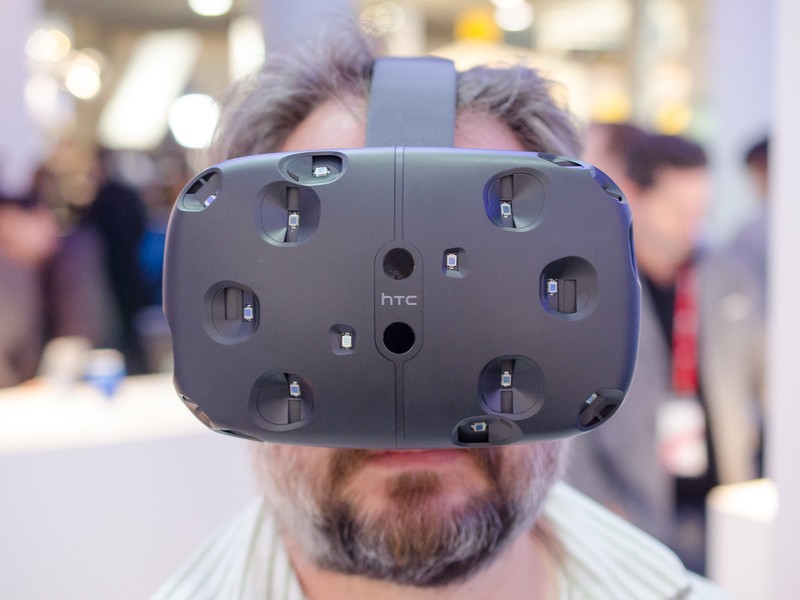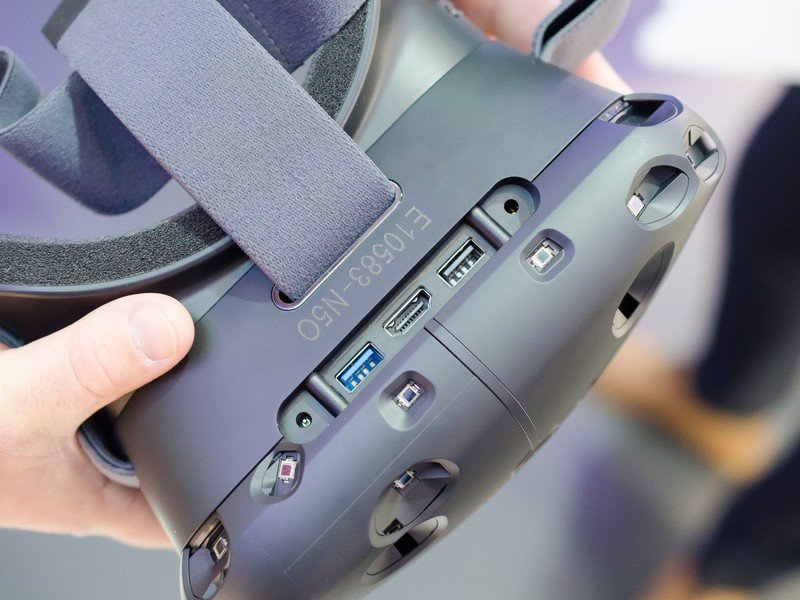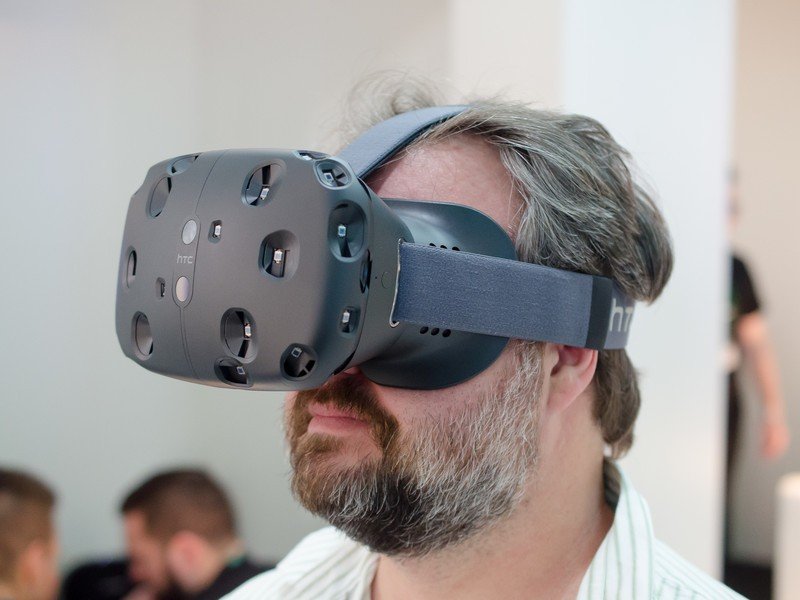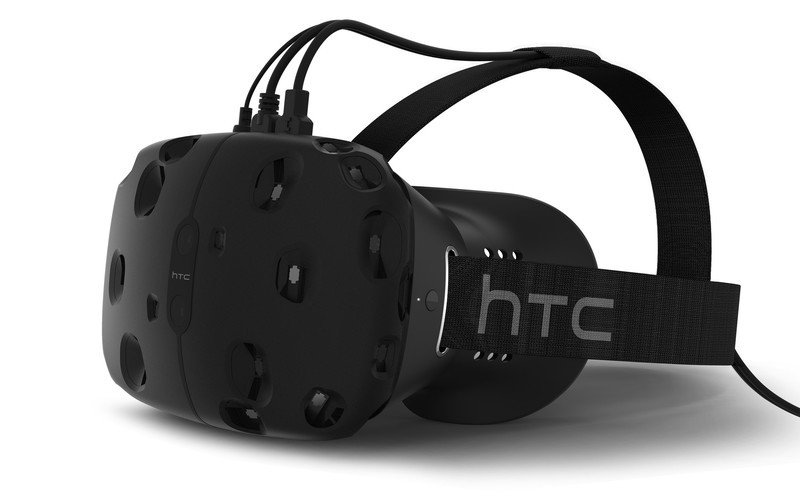What it's like to live in the HTC Vive virtual world!
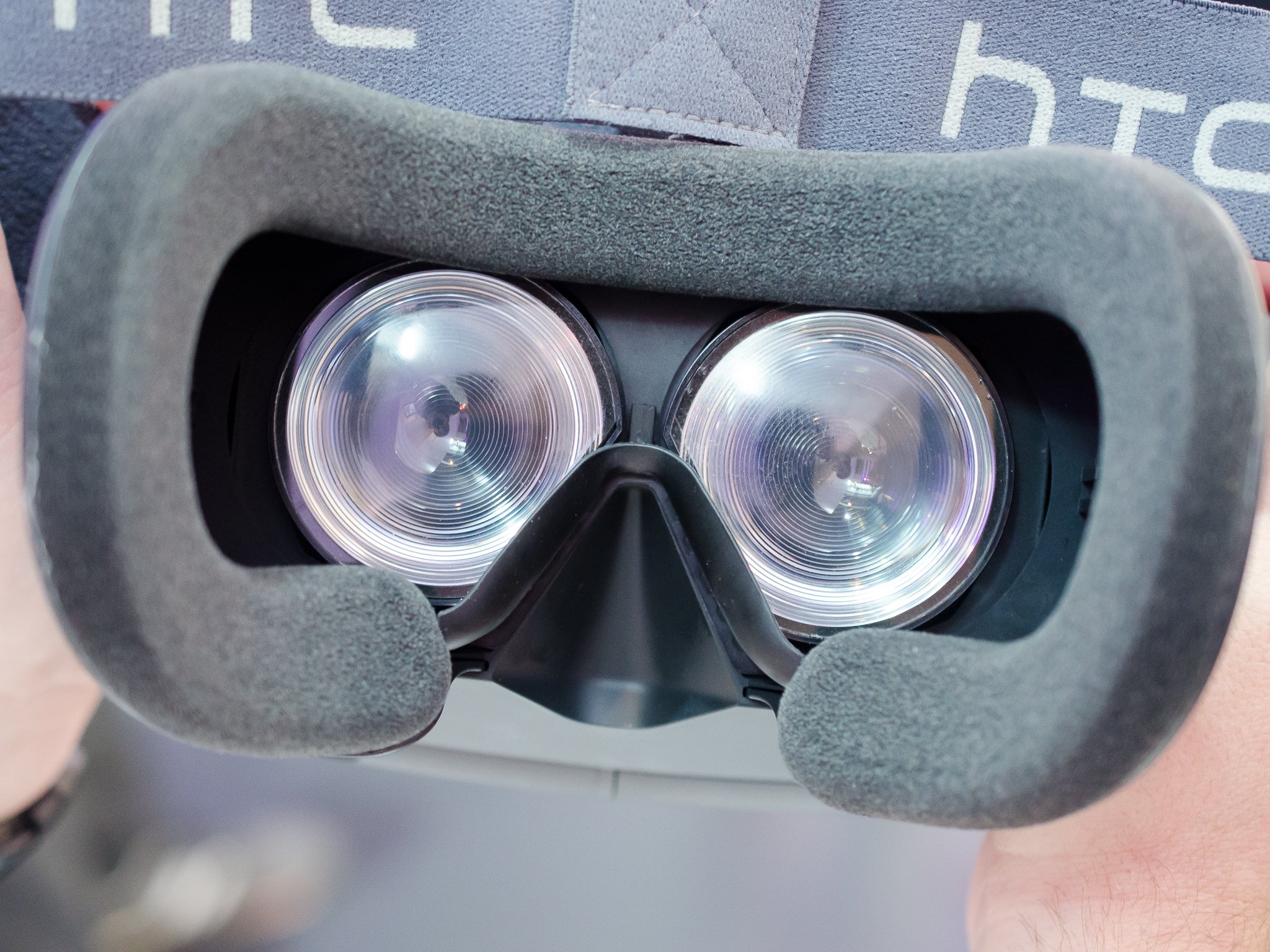
I am under water. Still standing, but under water. Deep in the ocean, actually. Schools of tiny fish are swimming by. Rays float overhead, just under the surface. A whale saunters over. Is it deep enough for a whale but not too deep for the light to penetrate down to the deck of the sunken ship on which I was standing? I don't know. And I don't care.
I slowly, carefully wander over to the edge of the deck of the ship. Close, but not too close. The sea floor is a long way down, and the railing not all that high. I don't want fall off.
Wait. Where am I again?
It was, to say the very least, an odd experience.
It's almost not fair to write about Vive, the virtual reality system that HTC and software company Valve announced here at Mobile World Congress in Barcelona. "You have to experience it" was the line the folks who make the thing kept telling us leading up to the announcement.
And they were right. But I'll do my best.
About this preview
Get the latest news from Android Central, your trusted companion in the world of Android
The HTC Vive was announced on March 1, 2015, at the Mobile World Congress launch event for the HTC One M9. We got to take it for an early spin a couple days later in a closed demo. What we saw and experienced was prototype-ish hardware, and isn't representative of what will be available to consumers later this year. (Thus no photos of the controllers or sensors.) We're merely trying to convey the experience we had in our demo.
And trust us, you're going to want to try this.
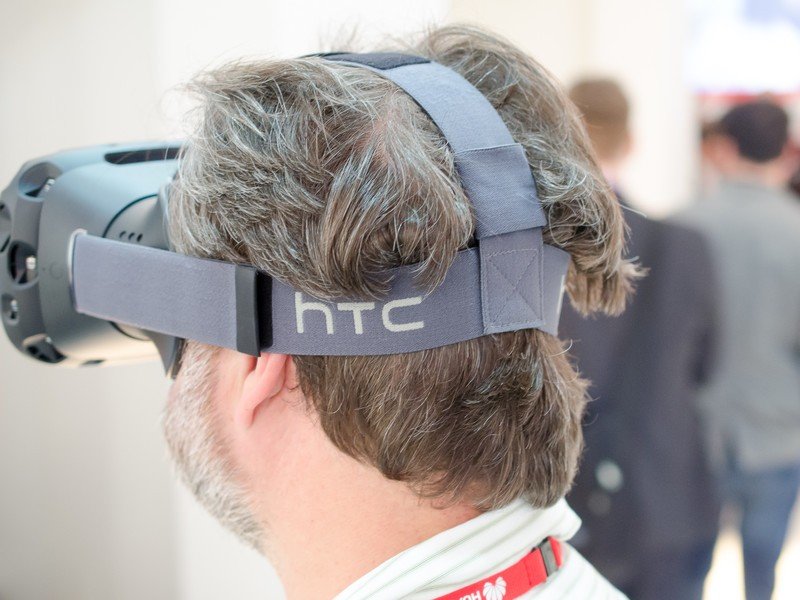
Becoming part of the machine
Entering an infinite world, in a bedroom-sized space
This was my first VR experience, actually. So I can't say whether this is better or worse or just different than the likes of the other big VR player, Oculus. And when I pressed Valve's Chet Faliszek to give me that sort of context — is Vive better? Worse? Just different? — he hedged. "You just have to try it."
And so there I was in a back room of HTC's booth at Mobile World Congress. Visor on my head. Headphones affixed. A plastic controller in each hand. And this is where I lay out the following caveat: What I experienced — especially the hardware — is not what will be available to consumers later this year. So don't get too hung up on the details.
I had no idea what I was getting into. But I quickly knew I liked it.
But the way it works is this: Two sensors were mounted on the walls, a little below the ceiling, about (and this is a very rough guess) 80 or 90 degrees apart. Lasers shoot out into the room and track the position of the visor and the two plastic controllers I was holding. The controllers — again, what I saw was far from finished product — are held sort of like a pistol grip. Or like I'm shaking someone's hand. There's a circular directional pad that both responds to touch and clicks. There's a trigger button for my index finger, and buttons that depress if I squeeze my hand. The wall-mounted sensors and the handheld controllers will be wireless eventually. Today, they're connected via a few cables to a large, presumably bad-ass PC that my demonstrator was manning.
The Vive visor also was connect to the computer via three cables. (It looks like two USB ports — those have to be something else, right? — and and HDMI port.) So you'll be tethered. But you'll also be free to move. And that's very much an integral part of the Vive experience. Valve talks about the "whole room" experience. And sure enough, I had no idea where I was standing.
(But very much like a Star Trek Holodeck, if I strayed too close to the edge I'd get a visual cue in the visor. Still, I'm not sure if I'd want to use this thing in a room alone. At least not at first.)
But you're encouraged to move around. To explore. In fact, standing on the deck of that sunken ship, playing with the fish as they swam by (for this initial part of the demonstration, the controllers looked like their physical form, so it could help me learn to use them), it didn't even occur to me to turn around. But turn around I did. And the undersea world continued. I'm not sure how far into the bowls of the ship I could have explored. It was time to cook.

Virtual soup for the soul
Working in the kitchen has never been so weird — and fun
Next up in the demonstration was a kitchen. My job: Make some soup. How the hell do I make virtual soup?, I asked myself. A few seconds later: It's soup, dummy. Just make it. You've seen your wife do this before.
Looking down, the controllers are gone, and I have a pair of white-gloved hands. There are some pans on the stove. The stove is turned on, with red gas flames licking up the edges. (Yes, I know that's not really what gas stoves look like. This wasn't the time to complain.) Pans probably are hot, though. Don't want to burn myself. Even virtually.
I dropped a virtual frying pan — and immediately moved my actual foot out of the way.
So I look for the next closest thing. There's a rolling pin. Why the hell would I have a rolling pin out if I'm supposed to make soup? I don't know. But let's pick it up anyway. The rolling pin — as do other objects here — turn blue as I approach them, letting me know I can pick them up. I press the trigger on the controller and my virtual hand snags the rolling pin. Cool. Let's cook.
No knives in sight, so I'm not sure how to cut this onion. Whatever. I just toss the whole thing in the pot, with a little more of a metallic clang than I'd expect from a whole onion hitting a heavy aluminum vessel. How about a whole carrot? Clang.
Ah. There's a refrigerator on the other side of the kitchen. I take a few steps to walk over to it — my physical body still well aware that there are real walls around somewhere, not to mention cabling near my feet — and it opens right up. Interesting that I didn't have to do it myself. But I appreciate the help. Eggs? Not for soup. But Sriracha? Absolutely.
I pad back over to the pot, which has onion and carrot inside but is still lacking water — a minor thing, perhaps. Turn the (trademark-friendly render) bottle upside-down and start shaking those little red drops of love into the mix.
Virtual cooking is cool.
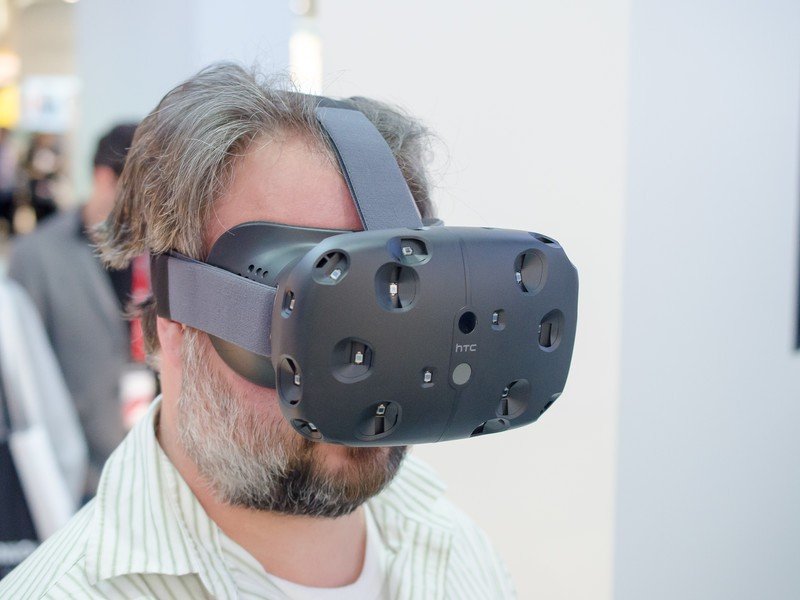
A change in perspective
I witness an epic battle played out on an epic scale
Suddenly I'm huge. I see little people — like, an inch or two tall — running around on the ground below me. Some are running into the trees. What are they running from?
Oh. A battle. Little people firing little rifles. And then bigger guns. The explosions are everywhere. The landscape is massive, and the people so small. There's a lot going on. And I'm missing a lot of it.
There was so much going on in this huge little land, and I wanted to see it all.
I'm invited to take a look inside the castle that's being defended. So I walk right through the walls. (I probably stepped on a person or two as well but didn't think to look. So inconsiderate.) There's a lot going on behind the walls. You can see the people firing. Now, hours later, I'm really curious what it was all about. Did those people have jobs? Families? Were they the aggressors? Which side would I have been on? I want to get to know them.
I'm told there are easter eggs in this demo somewhere. So I'm hunting around. But the sheer scale of this landscape is daunting. I don't want to miss anything but it's impossible to focus on everything. For the first time I really start to notice individual pixels in the imagery. But I also don't really care. These pixels are part of the world I'm in now. They're not just things on the screen.
It's time to leave this little land.
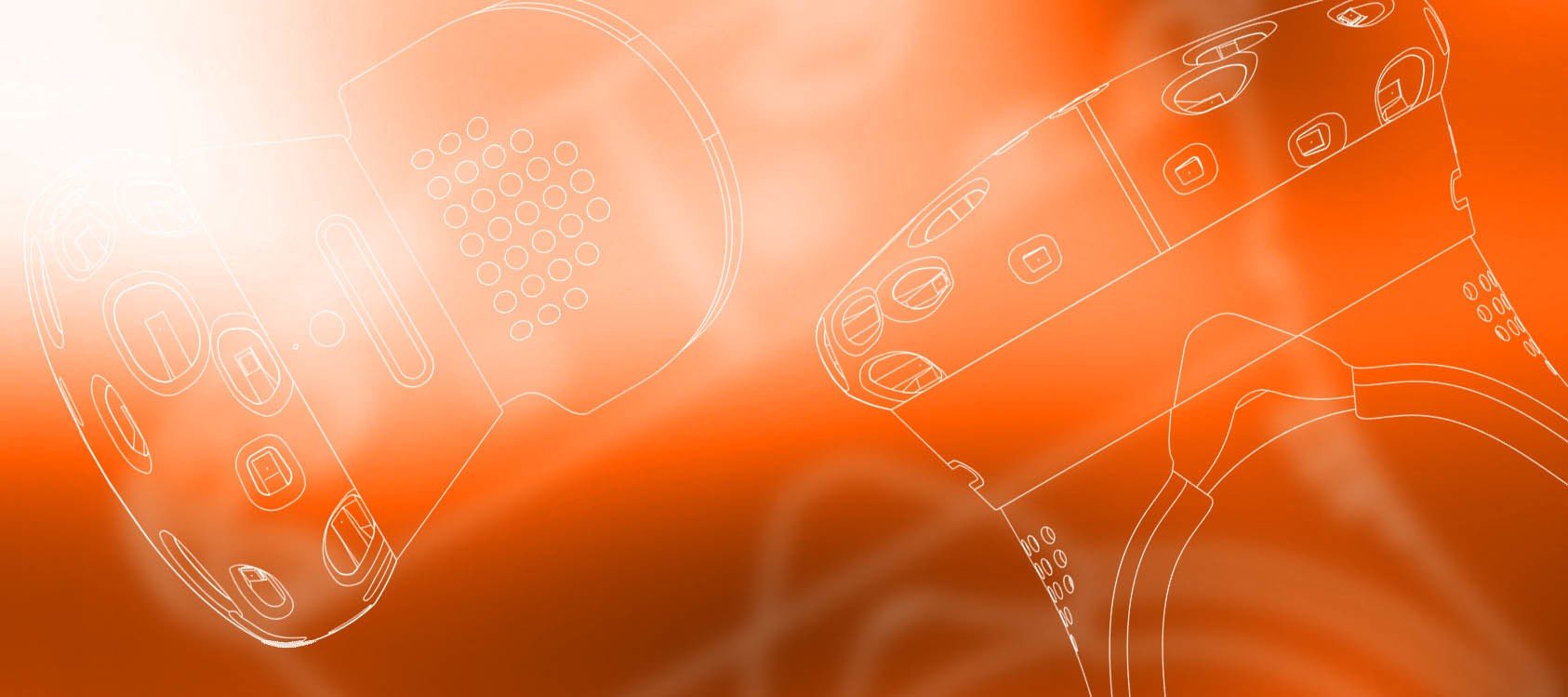
Taking some time for the artistic
In a 3D virtual environment, the entire world is your canvass
You can't do a demo like this without doing something artsy, though. So, it's time for the 21st century version of Microsoft Paint. My left controller is a virtual canvas. Options for colors and brushes. My right controller is a high-tech brush. Or maybe not so much a brush but more of a sprayer or something. I have options for changing from a traditional paintbrush to an oil brush. Or to snowflakes. Or leaves.
Squeeze the trigger and color flows from the end into the space in front of me. No paper. No canvas. No easel. I'm designing in the space in front of me, in three directions. Loops are fun. Figure eights. And then I walk through them. Stick my head through them.
I must have looked ridiculous, waving my arms about like that. But this is truly interactive art, and I could have lived in there for hours.

Caught in the machine world
Wherein I'm revealed as a silly human
I have a new job. I'm in some sort of futuristic factory as part of a mandated human quota. Nobody wants me there. I'm a piece of ham or a bag of meat or something. (I can't recall the exact insult.) But I have to be there and the machines have to have me there and so it's time to train.
We start out with a simple task: Open the [random robot word] drawer. So I reach and pull. There's something inside, but it's not the right stuff. That's not the right drawer. My robotic minder reminds me that I'm just a silly human.
The second drawer has rotting meat in it. Is that from a previous silly ham human? I hope not. Close the drawer.
The third drawer has whatever it was I was supposed to find. Cool. Now to open a door. Lift the lever. Door opened. Out stumbles some sickly robot. I don't know what's wrong, but it's not good. Sparks are not good.
I'm tasked to and finally find the button that splays the robot out in front of me. My minder rambles off whatever it was that I was supposed to do to it. And if I don't do it quickly, the robot will explode.
We all know where this is going. Silly human. Silly Phil.
There's a lot of potential in Vive. But then again that's what we keep saying about VR, isn't it? It's cool as hell. We just don't yet know where it'll serve consumers. The practical applications on the other hand, are endless.
And as far as the hardware goes — and remember that I was using some prototype stuff here — I was impressed. The visor certainly isn't subtle, but it also wasn't all that uncomfortable for a half-hour. (Would I want to wear it all day? Maybe not yet. We're not quite to "Inception" levels here.) And the resolution surprised me. In fact, I'd say it mostly was a non-issue. It really depended on what I was looking at. HTC says you've got the equivalent of a 1200x1080 display in front of each eye, moving at 90 frames per second. It's damned fast, fluid, and remarkably well done. The controllers are simple, but they also take a little getting used to. Did I have hands? Or did I have controllers.
It's a bit of a cliche, but VR really is the future. And we're slowly catching up to it.
